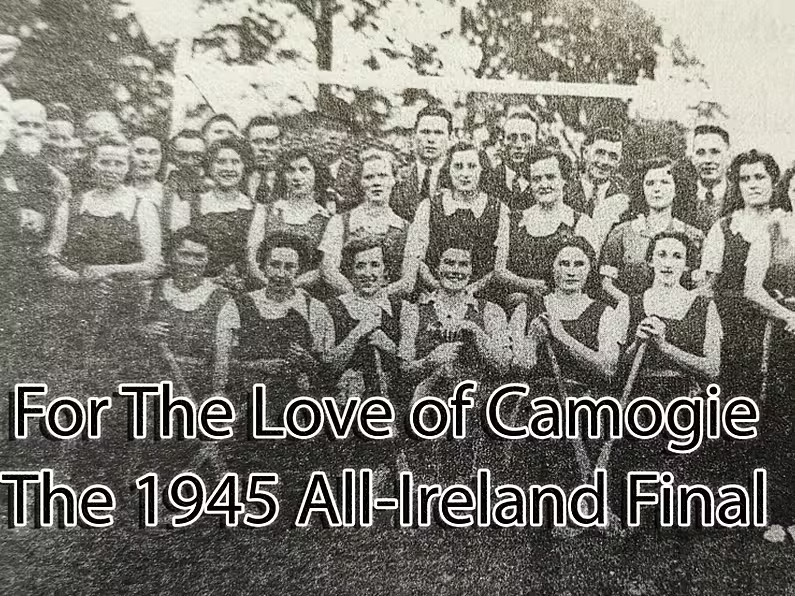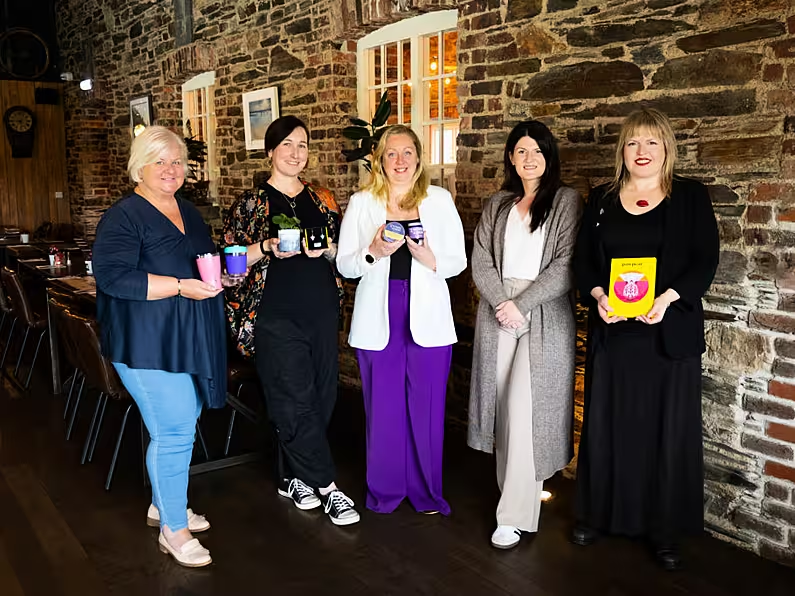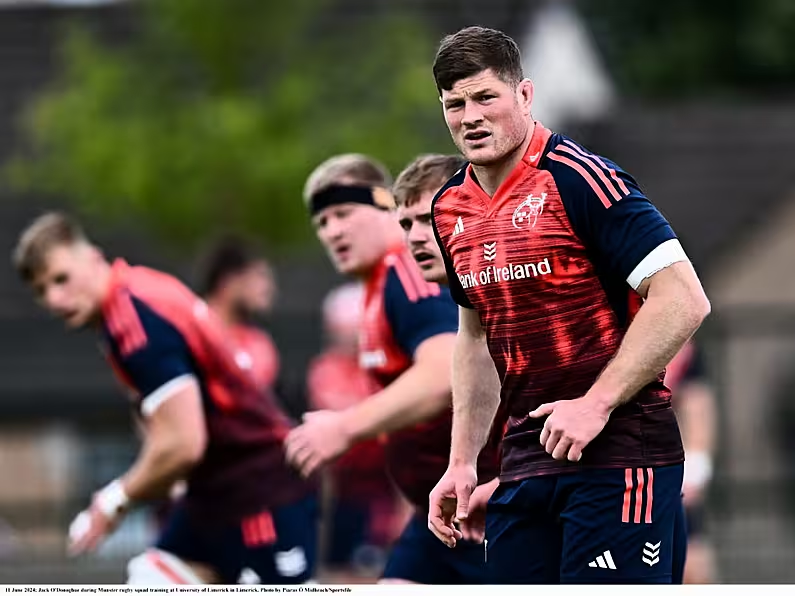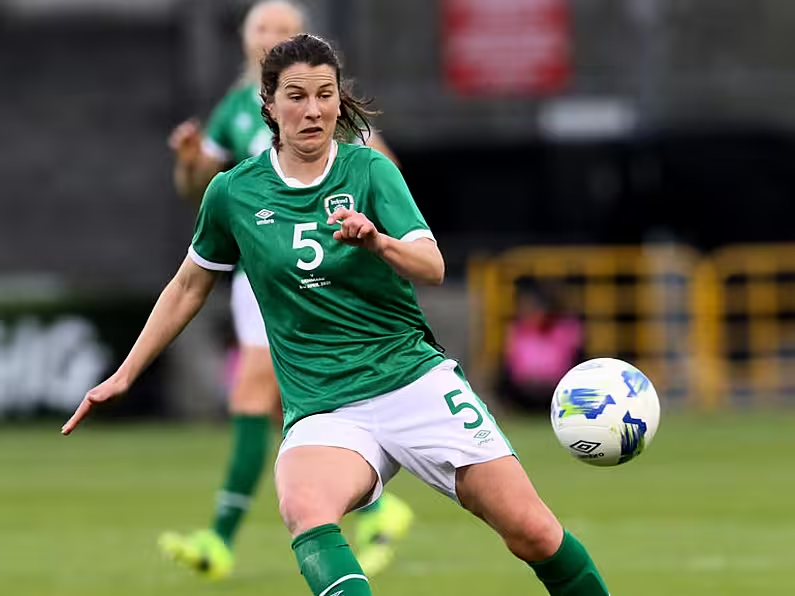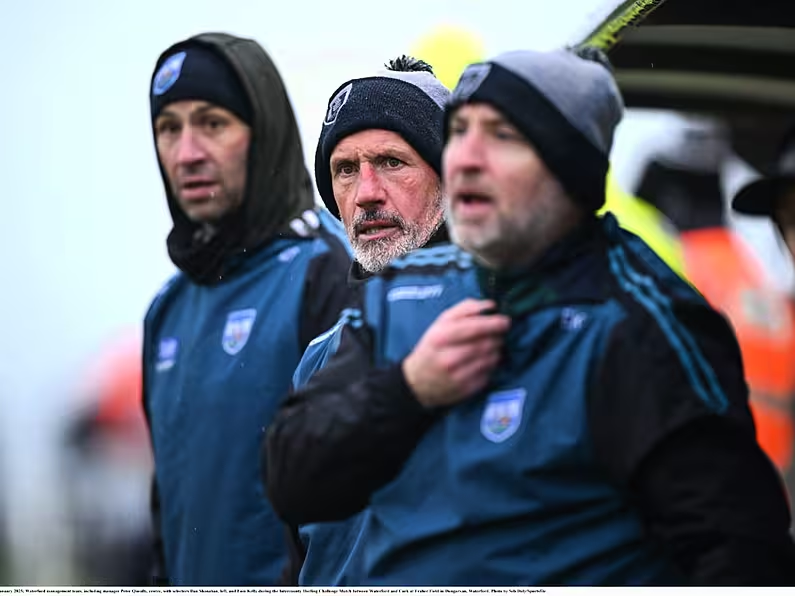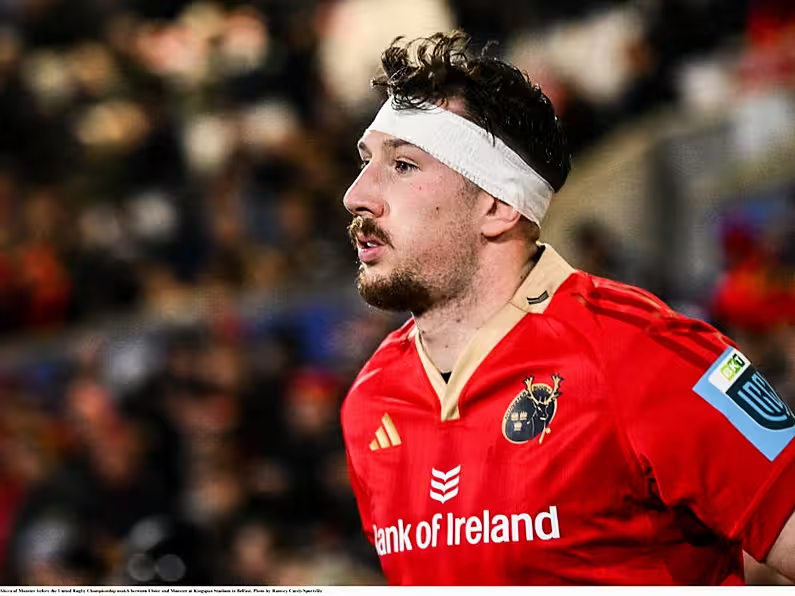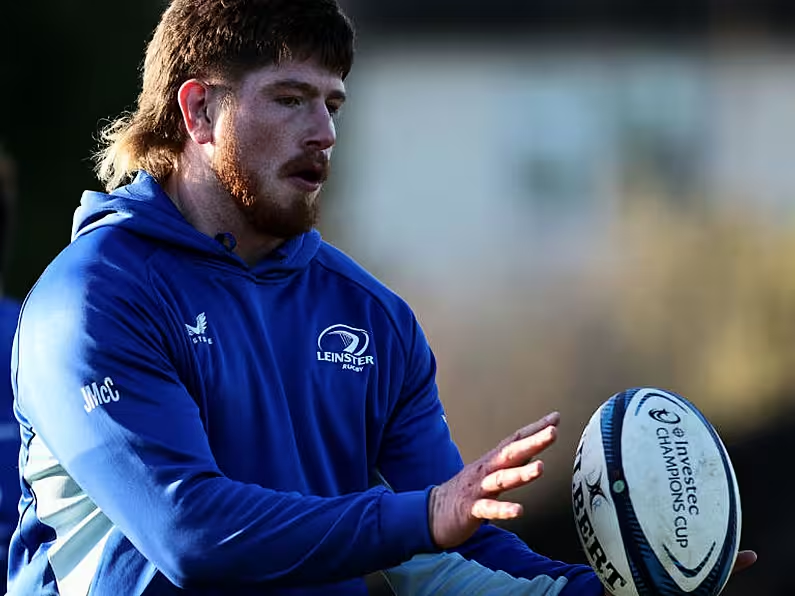You can listen to the program here.
"For the love of Camogie," revisits the only senior All-Ireland final that Waterford have played in, in a year where issues off the pitch spilled across the white lines to disrupt the championship.
After beating Tipperary in the Munster final, Waterford were set to line out for the All-Ireland semi-final, but a long-running dispute within the association cleared the way for passage straight through to the final.
Internal Politics
Camogie historian - and former President of the association - Mary Moran says that clashes within counties boards were common, and sometimes they boiled over with different counties withdrawing from national competitions.
"The camogie association was in turmoil during the '40s. The All-Ireland Championship started in 1932 and ran smoothly until 1938 - Dublin won four, Cork won three. A ban on foreign games was introduced in 1934 and in 1939, Dublin tabled a motion to lift the ban. Ulster requested that only one delegate would be allowed to vote at that congress, but Dublin had 15 representatives voting and the ban was rescinded."
The Ulster counties who were in sympathy with retention of the ban attended a meeting were a new association was formed. Antrim, Meath, Wexford and Carlow were the main counties to support the new association.
In 1941, general secretary, Paddy O' Keefe mediated and brought the two associations together, but it was to be short-lived.
Another upheaval was about to cause chaos in Munster. Cork Chairperson Íde Bean Uí Shé attended the Munster convention in Cappoquin in 1944 and insisted that an all-female board be elected before she would hand over the cheque for the Cork affiliations, a request that was refused, promoting Íde's and the Cork secretary's departure from the meeting.
Cork's absence from the championship went on for eight long years.
The other big hitter in intercounty Camogie, Dublin, followed suit with Leinster withdrawing from the association. Their grievance was with the ban on foreign sports. Hockey was popular in Dublin at the time with many Gaelic games players playing the game outside of camogie. The Leinster board wanted the ban lifted to allow their players to play both, but this was refused and ultimately saw Leinster withdrawing in protest.
With Cork and Dublin now out of the running, the door was opened for a new winner of the championship.
Waterford's would have played the Leinster champions, but without any team coming from the province, the Déise proceeded directly to the final where they would face Antrim.
While the officially recognised All-Ireland was played in Cappoquin, the splinter group decided to play their own All-Ireland.
Cork and Dublin - the only two teams to have won the All-Ireland up to that time - requested the use of Croke Park to play their unsanctioned All-Ireland. The request was granted by the GAA and the two stalwarts of the game lined out in Dublin for their final.
A Very Different Game
Nowadays, it takes 15 players to fill a team. The pace of the game is high and points are scored from a distance, often with ease. Players wear helmets and sports clothing.
In the 1940's, helmets were yet to be imagined, the game was almost entirely ground hurling and the teams faced off with 12 a side, owing to the struggle to get sufficient playing numbers in clubs.
Another interesting difference arises when we consider substitutions. A substitute could only be brought onto the pitch if the referee agreed that they were injured. Without clearance from the officials, players had to remain on the pitch and team managers could not make a change if they felt that a certain player was not playing well enough.
Not only were the playing conditions more challenging, but the method of putting points on the board was also more difficult.
A "points bar" was raised above the goalposts with players required to shoot between the lower and upper cross bars in order to register a point. A ball that went between the posts, but above the points bar was ruled wide. Goals were more common as a consequence with players needing to find the time and space to hit a much heavier sliotar over the bar.
Away from the field of play, the players also had to contend with the external pressures of playing camogie. "In some places married women were not picked," says Mary Moran. "It was considered that playing sport could be dangerous; you might lose the baby."
While this was never a written rule, it was a practice that was enforced up and down the country says Moran.
"I think it was 1956. My club was playing in the county final. Lynne Coughlan - who was the captain of the team - she came back from her honeymoon on the Friday, arrived down to the Mardyke with her gear on, went into the dressing room and was told, 'Where are you going? You're not playing,' and she says 'I am,' and there was strong words said and the team ran out and she wasn't on the team."
The Waterford Players
The 12 players who would line out in the final hailed from St Mary's St Columcilles, Clashmore, St Carthages, Ballyduff and Knocknore.
Cáit Flynn was in goals.
Full Back, Maura Curran.
Mamie O’ Meara at Right wing-back.
Nellie Breen was the centre of the wall.
Nora Hennessy at left wing back to complete the defense.
The midfield comprised of Kitty O Sullivan, Josie McNamara and Captain Bríd McCraith.
The attackers were Teresa Hynes and Nora Healy at right and left-wing forward positions.
Angela Spencer was named at cente forward, with May Kennedy at full forward.
In this documentary you will hear from Angela Spencer's daughter and niece, Betty Lodge and Lillian O' Sullivan, Mamie O' Meara's nephew Declan andBiddie McCraith's daughter Máire who all reflect on the life and times of the 1945 team.
Production
The program was directed, produced, recorded and edited by Nigel Kelly.
Voice-over work comes with thanks to Rick Whelan and Mac Daragh Mac Donncha.
Contributions came with thanks, from Camogie Historian and Former President of the association, Mary Moran, as well as Waterford native Tom Hunt.
A special thank you to Lillian O Sullivan, Betty Lodge, Máire Ní Craith, and Declan O Meara for their knowledge and time.



